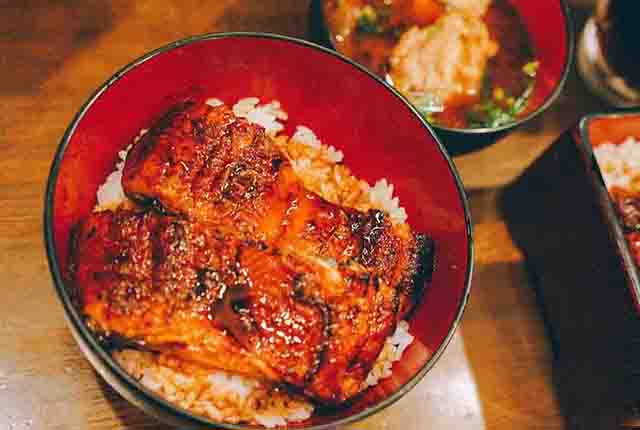
Japan's love of unagi has been an open secret in the food circle, and unagi rice is only served on the table of ordinary Japanese when entertaining VIP guests.
Therefore, under such food culture, unagi rice has become the representative of haute cuisine in the eyes of Japanese people. Unagi rice is only eaten with important people and guests.
This is not only because Japanese unagi rice is relatively expensive, but also because Japanese unagi rice, which is well prepared and made with exquisite ingredients, is a true noble dish.
A simple unagi rice is anything but simple. In addition to the careful selection of ingredients, there is a strict control of the cooking method, which leads to the food on the table.
Therefore, in Japan, unagi rice is the real haute cuisine. Eating unagi rice is not only a drain on your wallet, but also a drain on your taste buds.
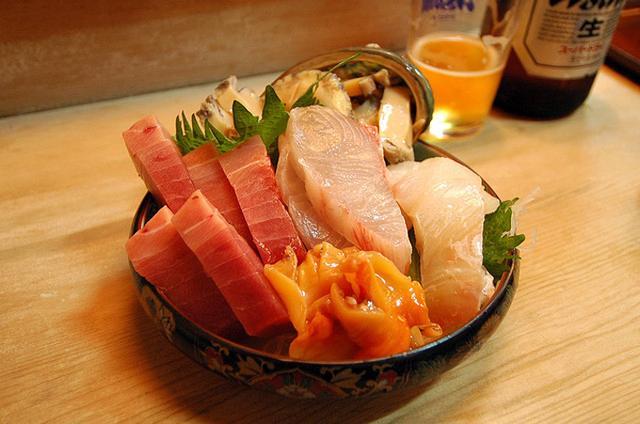
Sashimi is a traditional food from Japan and one of the most famous Japanese dishes. It cuts fish (mostly sea fish), squid, shrimp, octopus, sea urchin, crab, shellfish and other meat into slices, strips, pieces and other shapes with special knives. It is eaten raw with horseradish mud, soy sauce and other condiments.
In Japanese, sashimi is written as sashimi in Chinese, and sashimi is generally called sashimi in Chinese, because sashimi is mainly made from Marine fish, while sashimi actually includes all kinds of raw meat, including chicken thigh sashimi, horse meat sashimi and beef sashimi. Before the invention of the refrigerator in the early 20th century, few people ate it for preservation reasons and it was only popular in coastal areas.
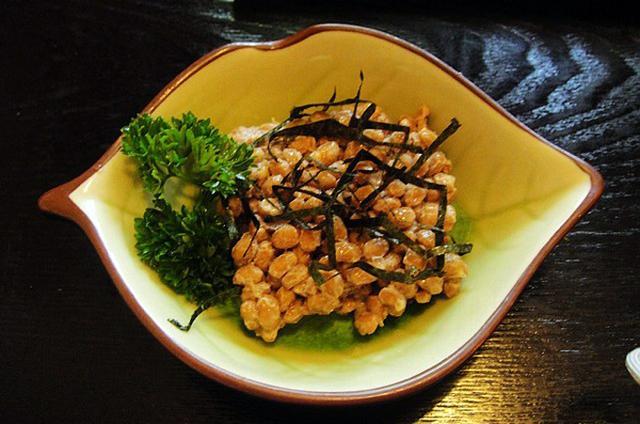
Natto, soybean fermented by natto bacteria, is a health food rich in Japan. At present, the role of natto is highly recognized by people all over the world, especially in southeast Asia, and many people consume it. Natto made of health products, biological agents are widely accepted.
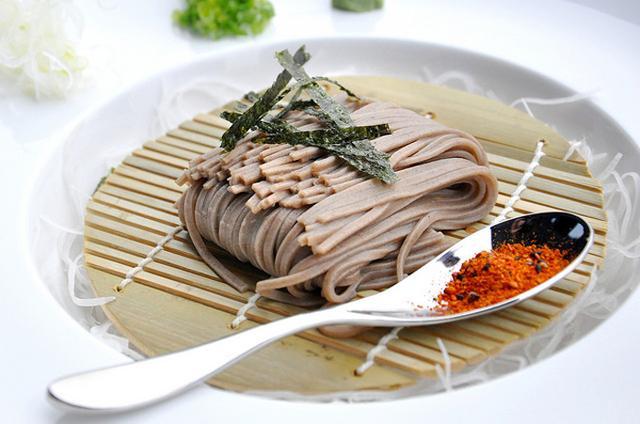
Hele soba noodles (Japanese: soば soba or buckwheat cut り sobagiri) is a Japanese food, similar to China's hele, buckwheat flour and water, and dough pressed into thin noodles, cooked to use. Seven buckwheat flour and three wheat flour mixed and made called "seven cut buckwheat" (" seven cut "is the meaning of Japanese" seven cut "), taste is more smooth and tender, only the buckwheat noodles called "ten cut buckwheat" or "raw buckwheat", strong fragrance.
When eating with all kinds of seasonings, such as hot soup noodles can be eaten with firewood fish slices, kelp, soy sauce, sake and other poured soup and scallions, seven flavor powder, cold noodles or mixed noodles, with a thicker sauce than hot eating, with scallions, wasabi paste, raw quail eggs, laver silk, etc.. It can also be served with many different dishes such as tempura, deep-fried tofu in brown sauce, raw eggs, mashed radish, etc. There are also special laver rolls, curry buckwheat noodles and other different flavors of food.
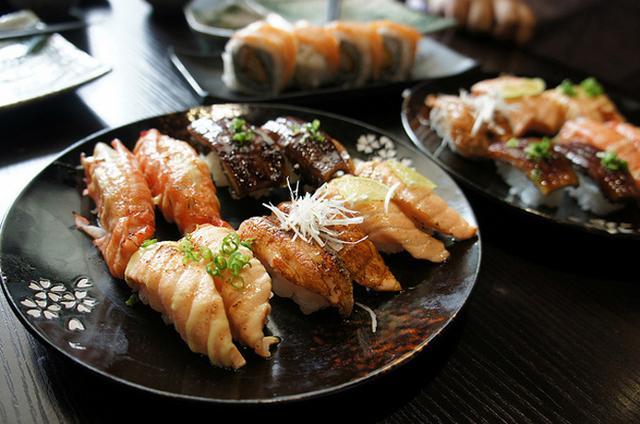
Sushi is one of Japan's favorite traditional foods. The main ingredients are cold rice seasoned with vinegar (vinegar rice for short), with fish, seafood, vegetables or eggs as ingredients. It is very tasty and popular among The Japanese people.
Nowadays, Sushi in Japan is mainly made and sold by specialized sushi restaurants. In the shop, the chef in white work clothes, according to the requirements of customers, will be peeled fresh fish into slices and other good materials code in the same width of rice pieces, because of the different colors of raw meat of all kinds of fish and shrimp, sushi is colorful, very good-looking
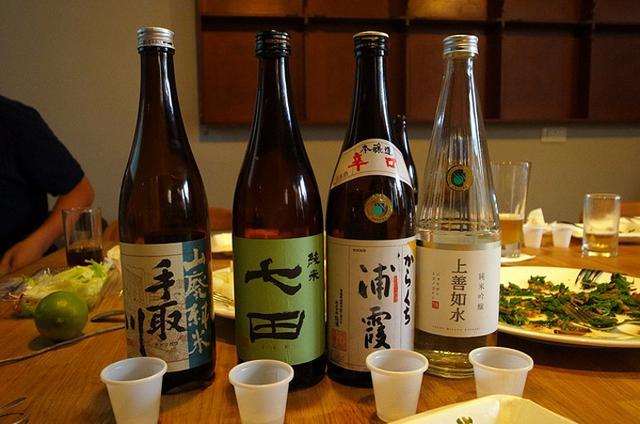
The rice used in sake brewing is a key factor to the quality of sake. Generally speaking, the ideal rice must meet the conditions of [large grain], [less protein and fat], [large heart] and [good water absorption]. For example: Yamada brocade, Beautiful mountain brocade and so on, are very famous wine rice. And the water quality is gong Shui as the best representative. Miyomiya water is short for Nishinomiya Water, which is only found in the Nishinomiya area of Japan.
If compare with other water used for making wine with palace water, palace water contains a lot of phosphorus and potassium indispensable for fermentation, and the most adverse to the fermentation of iron and organic matter is very low content, is the ideal hard water when brewing, is also one of the top 100 water in Japan. Therefore, to have a bottle of excellent sake, you must have good water, good rice, and this is the profound place of Japanese sake.
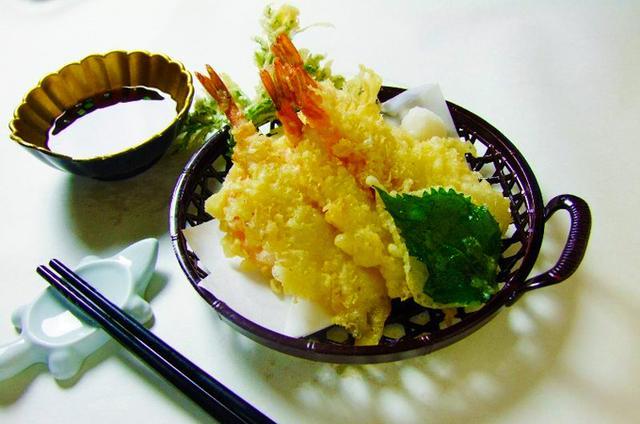
Tempura
Tempura is a deep-fried food in Japanese cuisine. It is made of flour, eggs and water. Fresh fish, shrimp and seasonal vegetables are wrapped in flour and fried in oil until golden brown. Not the name of a specific dish, but a general term for fried food. Specific types include vegetable tempura, seafood tempura, mixed tempura and so on.
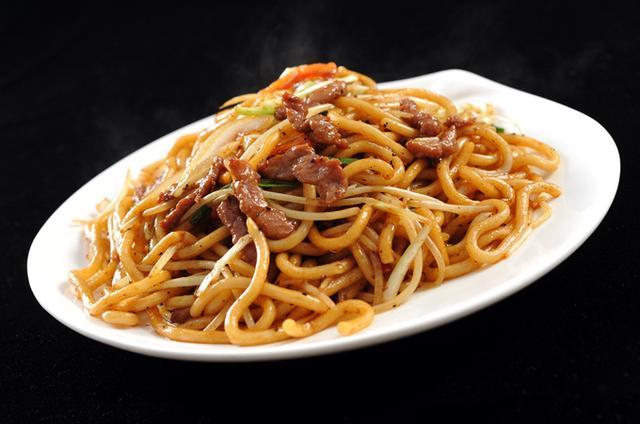
Udon noodles
Udon noodles is one of the most Characteristic noodles in Japan, and the Japanese buckwheat noodles, green tea noodles, as the three major noodles in Japan, is an indispensable protagonist of The Japanese restaurant. Udon noodles are made with salt water to make the dough form gluten quickly.
The dough is then rolled into a large cake, which is then folded on top of each other and cut into noodles with a knife. The texture is somewhere between sliced noodles and rice noodles, with a soft texture, and when combined with a carefully prepared soup, it becomes a delicious noodle dish. They are thick white noodles (4mm to 6mm in diameter) made by mixing salt and water with flour. Add hot soup in winter and cool in summer. Cold udon noodles can be dipped in a thick sauce called noodle sauce.